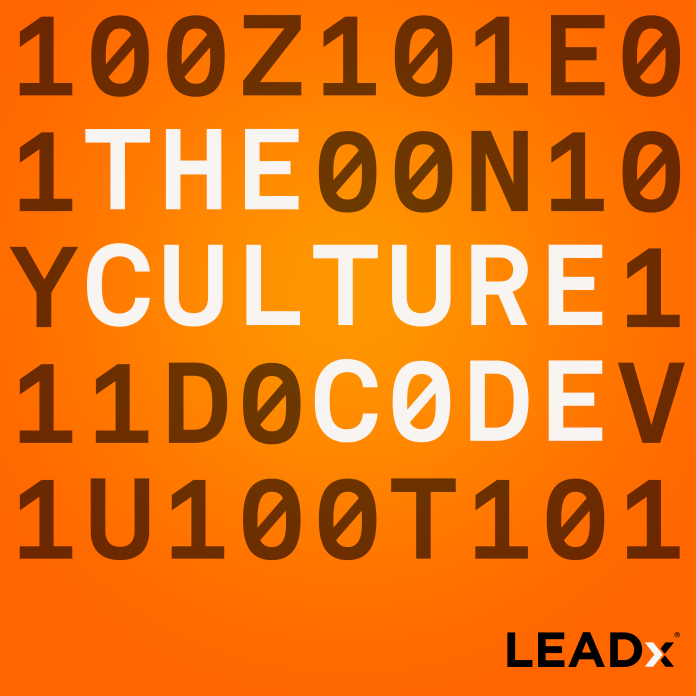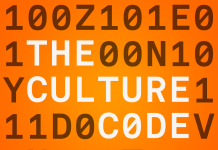
One of the most effective strategies to scale and sustain a rapidly evolving culture is to establish a values system. However, companies must be careful. A weak values system is arguably worse than no system at all. As Patrick Lencioni warns in his article for Harvard Business Review, “Given all the hard work that goes into developing and implementing a solid values system, most companies would probably prefer not to bother. And indeed they shouldn’t, because poorly implemented values can poison a company’s culture.”
To dive deep into an example of a rapid-growth startup that built out a highly effective values system, I met with the Chief People Officer of National Resilience, Mara Strandlund. National Resilience was founded in 2020 and in just three years it has grown to 2,000 employees. To help navigate this growth, Strandlund and her team created a system of values, or as they call them, phenotypes. Resilience is a technology-focused bio-manufacturing company with a mission to “remake the way medicines are made.”

Seven Phenotypes of Company Culture at Resilience
At a company growing as fast as Resilience, it may not come as a surprise that the most commonly used phrase by new employees is “We're building the plane while flying it.”
To scale and sustain its culture “mid-flight,” Resilience established a system of seven values, which they refer to as phenotypes. “Our phenotypes help foster a mindset of collaboration and innovation and help manage the inherent tensions that exist whenever you have a bunch of people coming together for the first time amidst change and ambiguity,” Strandlund said. “Some of our notable phenotypes include velocity, service orientation, and the builder mentality.” Each of these values holds highly specific meanings that couldn’t easily be copied and pasted at another company. For example, Strandlund elaborated on the phenotype of velocity, saying, “We talk about velocity being speed and direction. We must ensure that we have the right data points and rigor to move in the right direction.” Some phenotypes also hit inherent tensions head-on. For example, one phenotype combines resilience and grit and another phenotype combines quality and rigor.
The Approach to Resilience’s Performance Process: “Freedom in a Framework”
One of Resilience’s most successful initiatives is named the Resilience Performance Planning Process (RPP). “RPP starts with the belief that everybody wants to be great at something,” Strandlund pointed out. “We design our programs, including our talent programs, to drive conversations and action, not to just administer something.”
The RPP operates from a “freedom in a framework” approach, meaning that employees and managers co-own the performance process within a provided framework. They manage the cadence, content, and format. “We provide the framework and the prompts for discussion and action,” Strandlund highlighted. “We also conduct a survey every quarter to ensure that every employee has the opportunity to answer the following questions: Do you know what is expected of you? Do you have the support that you need to accomplish your goals?”
Strandlund and her team also ask a few unique questions about team health topics, such as, “Do we have the right people in the right meetings at the right time?” The idea behind each question is to ensure team health. “If we don't have the right people in the right meetings at the right time, we want to understand which one of those meetings is not right, which team you’re referring to, and how we can make it better,” Strandlund explained. These questions also help Strandlund and her team to identify broader trends and potential problem areas that they may want to address more systematically. “For example, if we don't have the meetings right, do we need to evaluate our operational rhythms differently?” she said.
Resilience Develops Culture by Developing Its Leaders
Since research correlates 70% of employee engagement to management, the way a company develops its leaders can be incredibly telling of its culture.
Despite being such a young company, Resilience has already begun to roll out and scale leadership development. “We fully launched some programs just six months ago that are showing strong early outcomes,” Strandlund said. “Our challenge with leadership development was how to build a focused, just-in-time management series that approaches topics not just from an intelligence quotient (IQ) perspective—because we can all read articles and do things like that—but from an emotional intelligence quotient (EQ) perspective?” The second challenge they faced was bringing the topics to life in a way that would encourage leaders to apply what they learned on the job.
The sessions cover topics such as coaching and employee development. Each session is just 30 minutes and has no more than three takeaways. Then, managers get together for an hour to talk and learn from each other. “Most importantly, the sessions connect our new managers with each other so they can continue the learning themselves,” Strandlund emphasized. To supplement the sessions, Strandlund and her team provide tools, e-learning, and other ways to make learning come to life on the job.
The Behavior Strandlund Values Most at Resilience: Assume Positive Intent
The heart of any culture is a collection of behaviors. The behavior that Strandlund most wants her employees to develop now is assuming positive intent. “Anytime there's the unknown, people look for the ‘evil why.' It’s better if you just assume positive intent and believe that people are fundamentally trying to help other people in some way, shape, or form, and try to do a good job,” Strandlund said.


